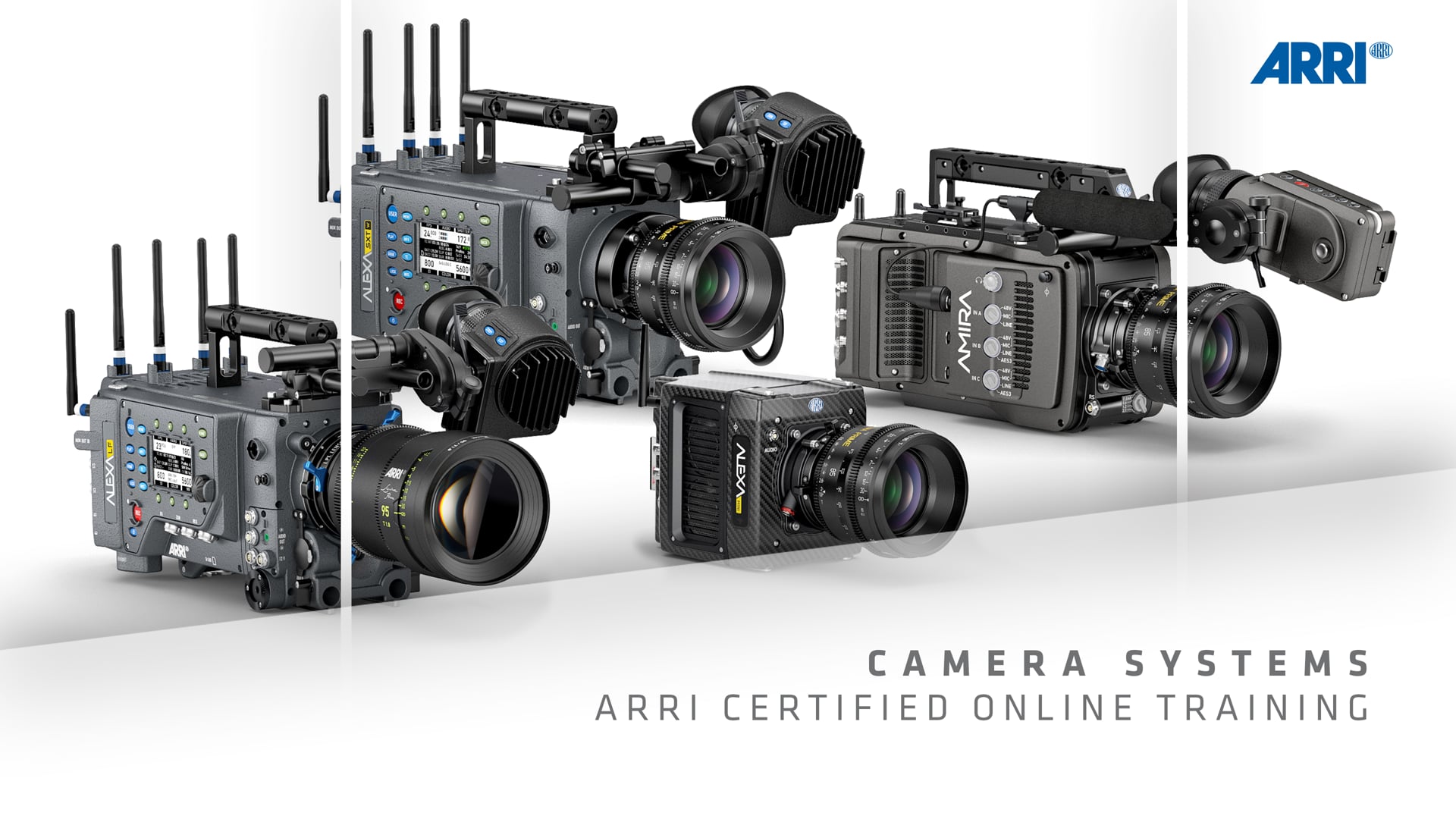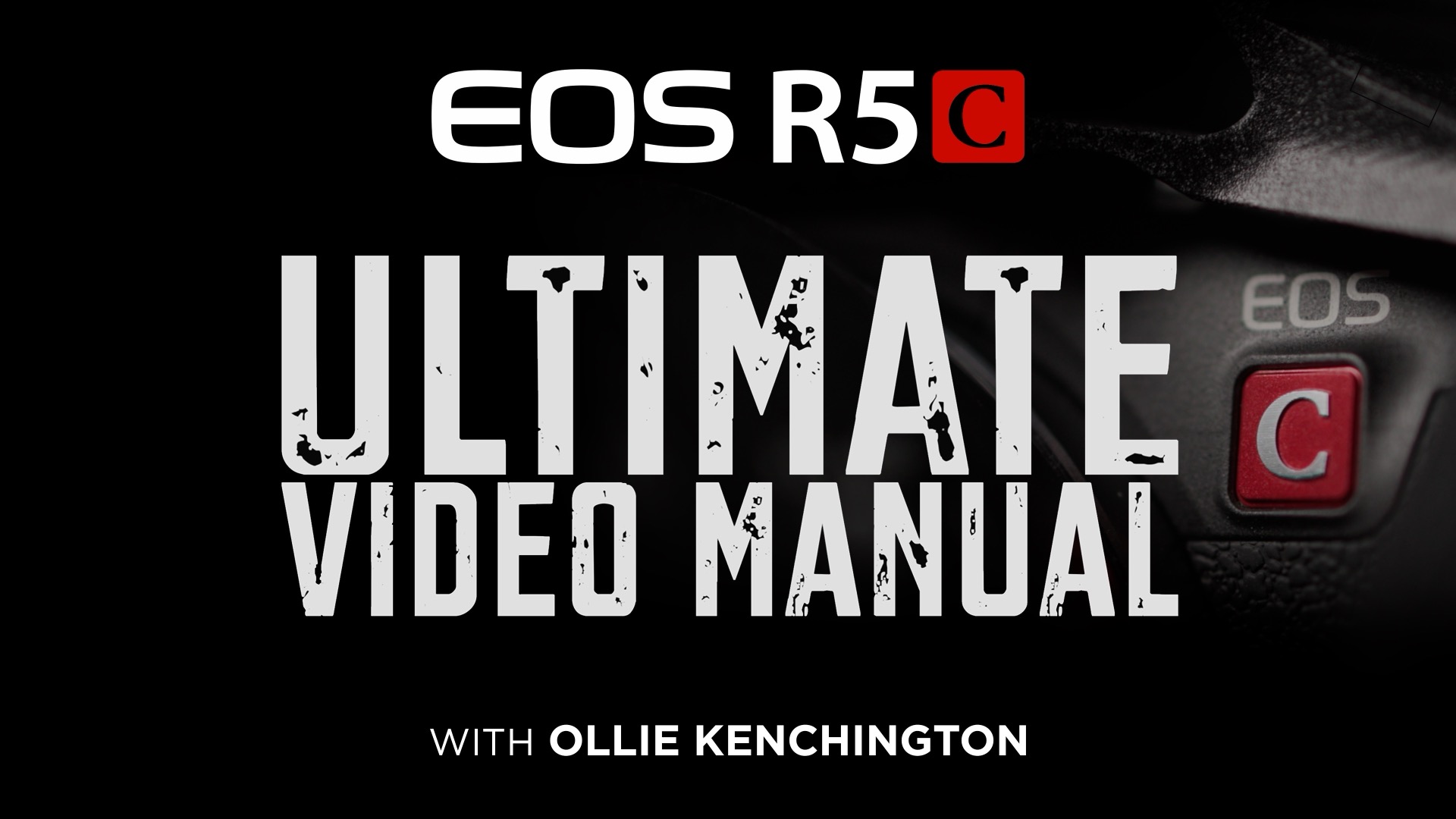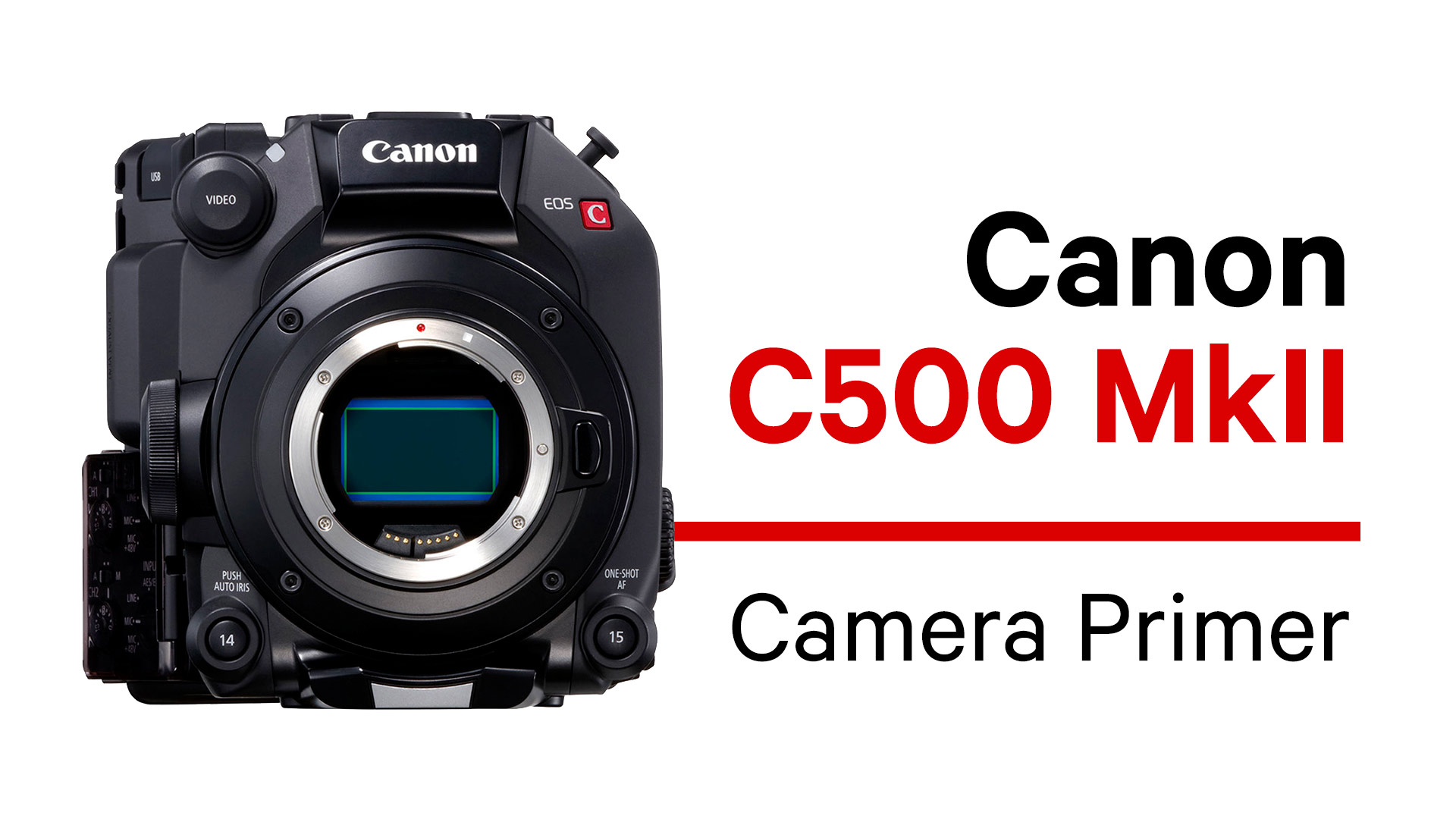With the release of Sony’s FX6 Cinema Camera, the possibility of recording stunning, cinematic-quality 4K full-frame images with an affordable camcorder has become a reality. However, like any professional camera of this caliber, the FX6 is extremely complex and has a steep learning curve.
And that’s why this Master Class has been created by Doug Jensen at Vortex Media to help FX6 owner/operators get started off on the right foot. This 8-hour training video series is the most thorough and efficient way to learn both the fundamentals and advanced features of Sony’s revolutionary new camcorder.
Start watching with MZed Pro
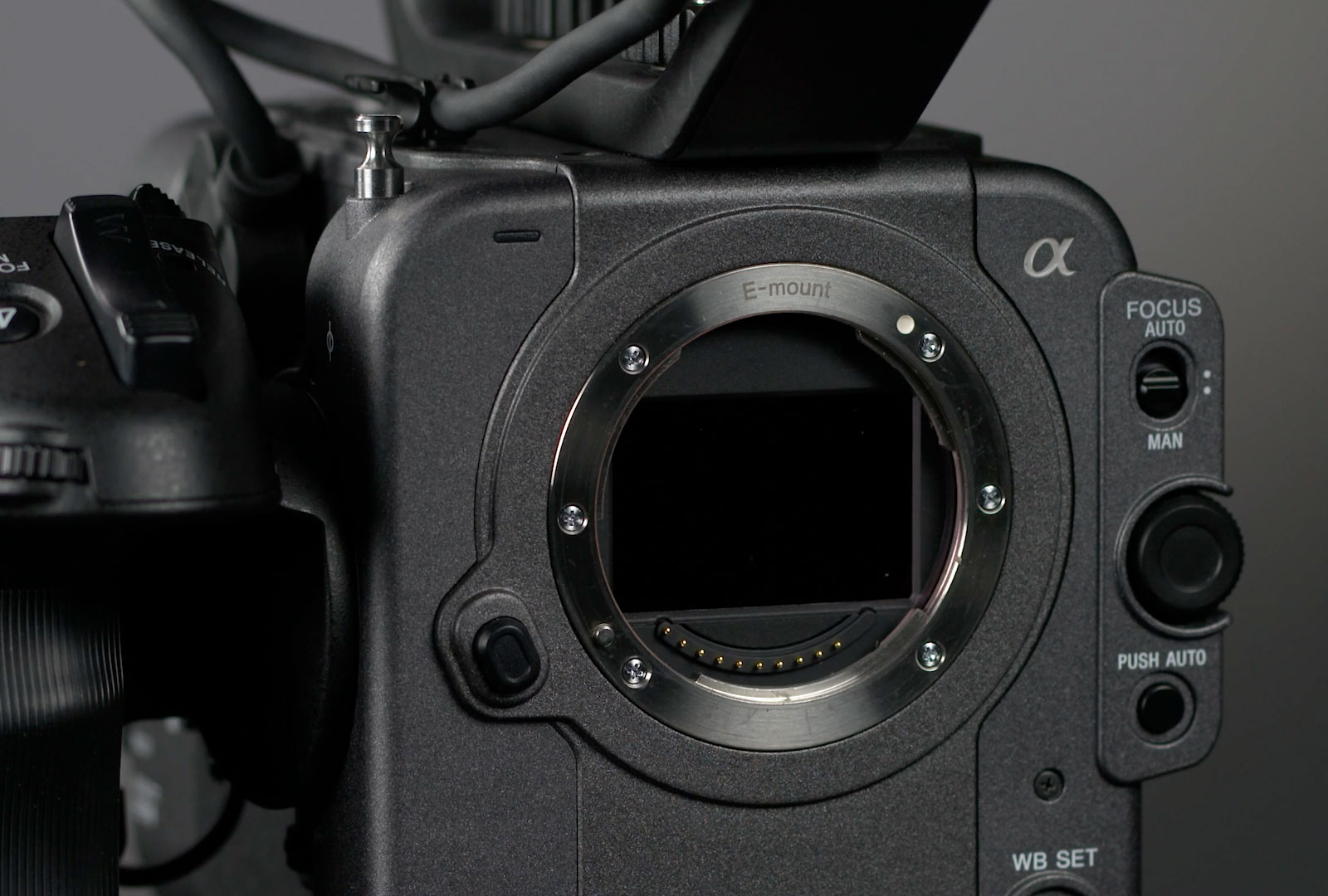
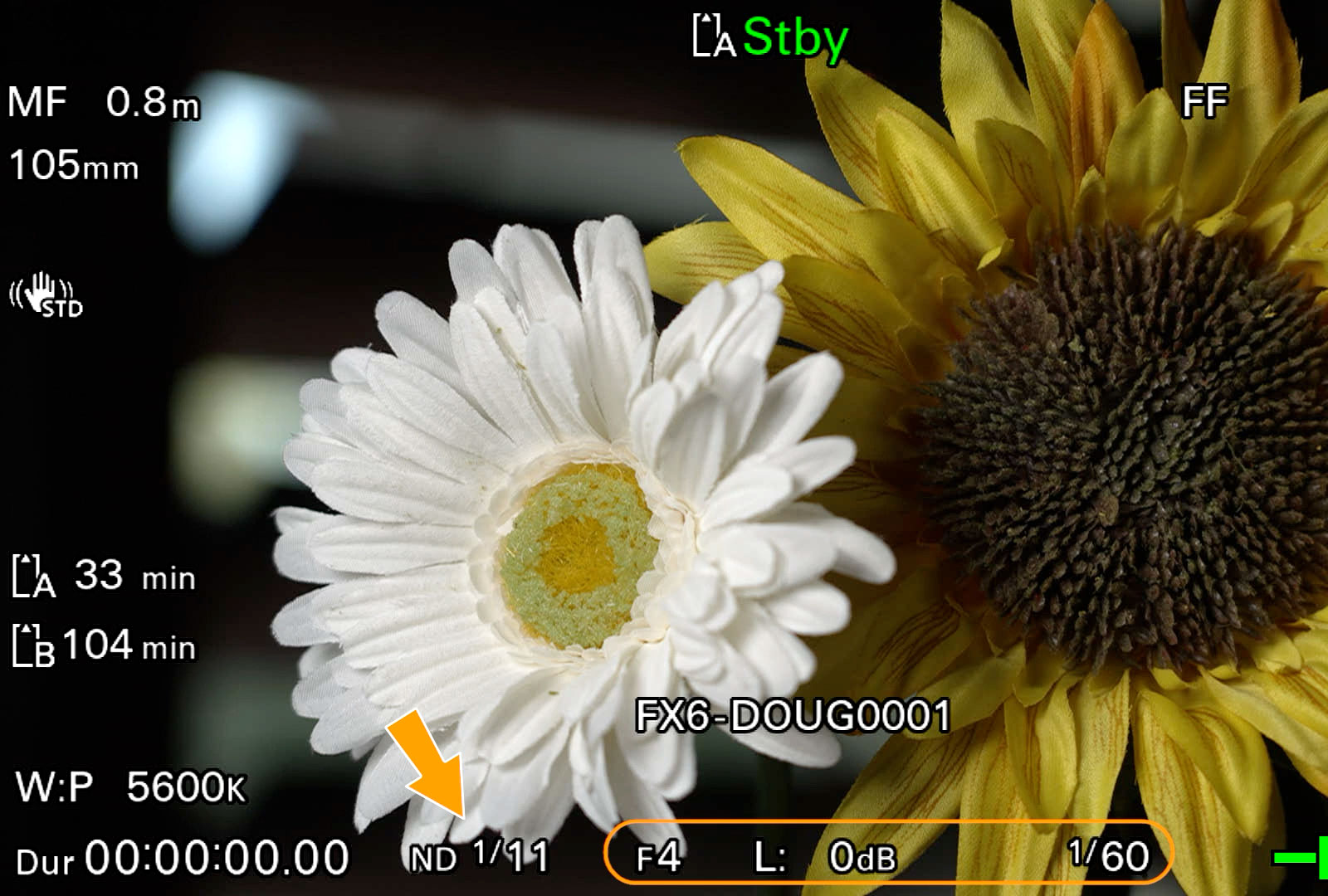
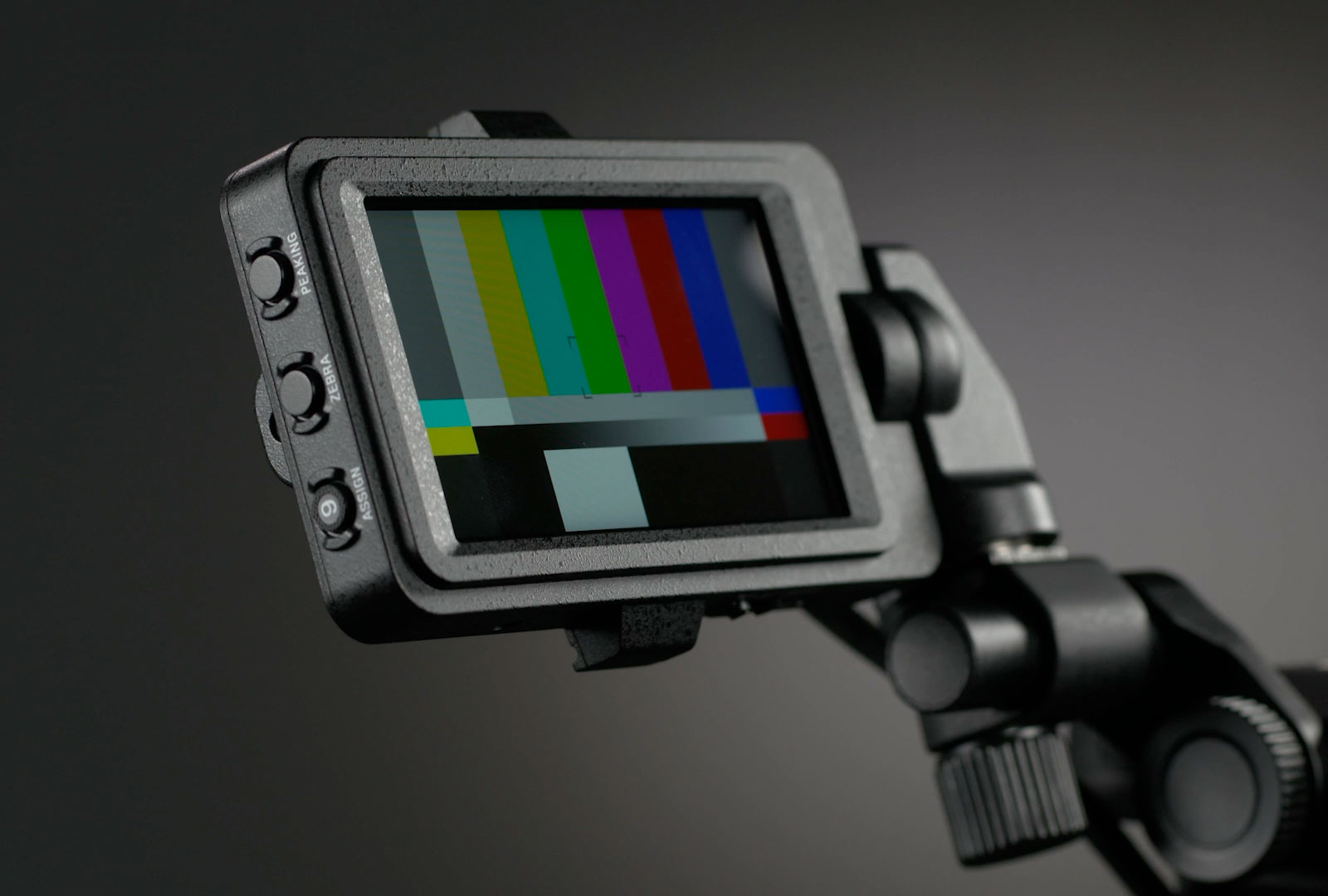
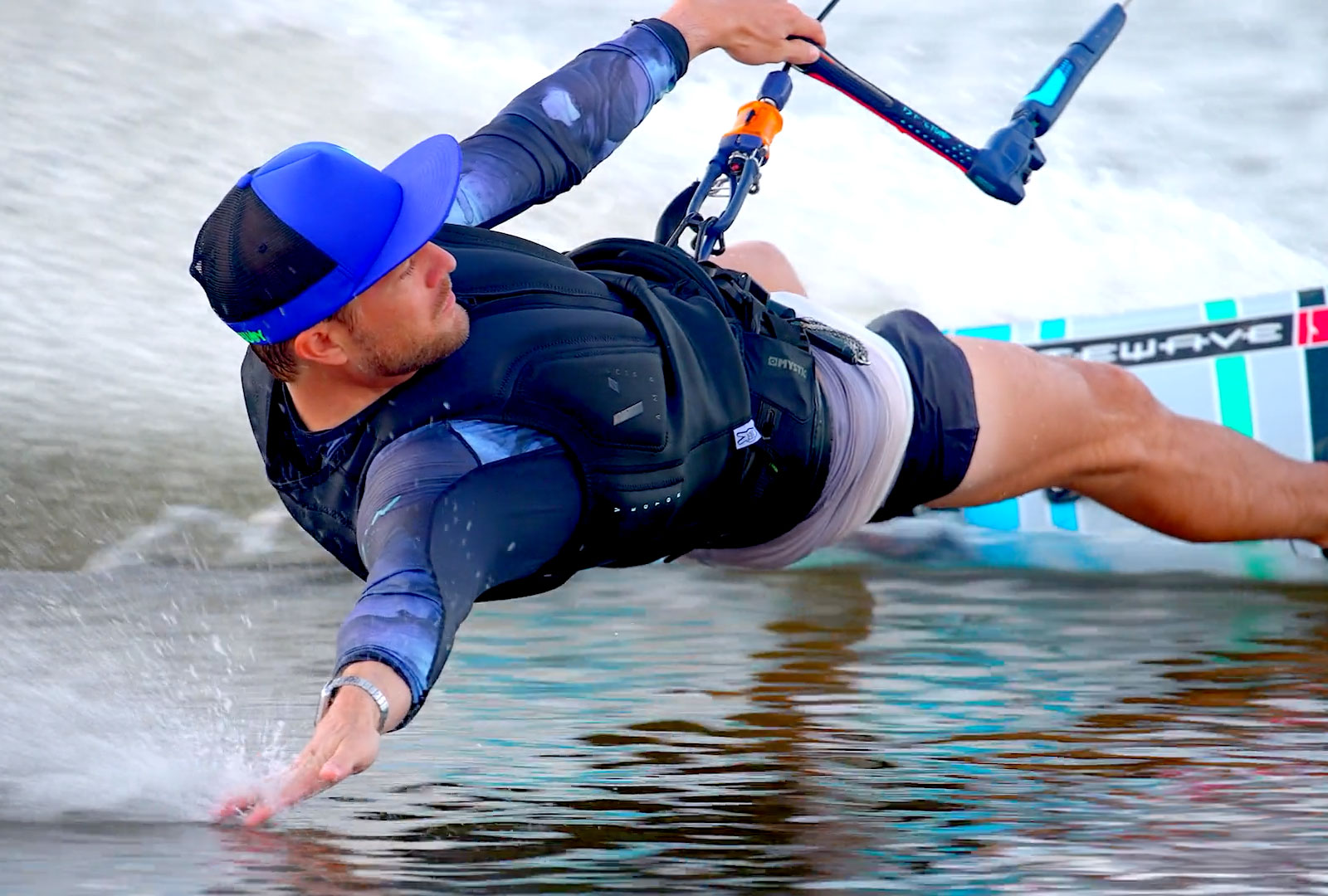
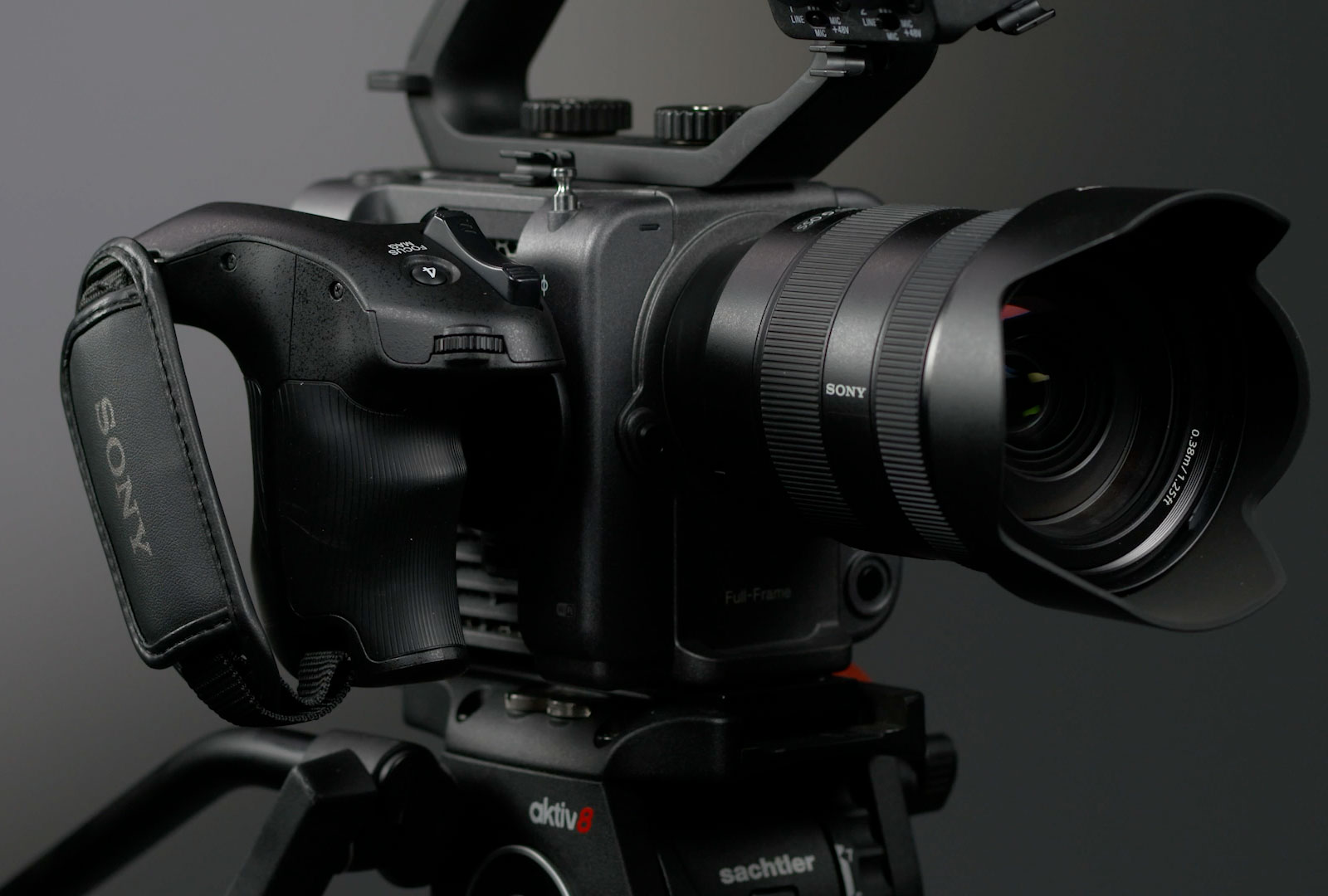
- 8 Hours Long
- 27 Curated Lessons
- Free Lesson Login to Watch 1 Hour Overview
- Certificate On Completion

Doug Jensen describes himself as someone who “lives and breathes” video production and digital photography. As an HD cinematographer, producer, director, editor, and consultant, Doug enjoys being involved in all facets of production.
With over 35 years of video production and post-production experience, Doug combines his extensive professional experience with his teaching skills to bring a wide-ranging, real-world perspective to his independent training videos, books, and live classroom workshops.
As one of only a dozen members of Sony's Independent Certified Experts (I.C.E.) team, he frequently teaches HD workshops around the United States and in other countries, including Japan, where he has been sent by Sony to consult with their XDCAM product development engineers.
In addition to his hands-on experience in the production side of the business, Doug is also the founder of Vortex Media, which produces in-depth instructional videos, high-definition camcorder field guide books, and innovative production tools.
Learn More about Doug-
The Sony FX6 is a compact version of Sony's flagship cinema cameras, boasting a full-frame 10.2MP 4K sensor, 15+ stops dynamic range, and other advanced features. Despite lacking a viewfinder, it compensates with a 1280x720 resolution LCD panel, a detachable sunshade, and external buttons for easy setting adjustments. The camera also offers excellent low-light performance and comfortable handling with its detachable grip.
-
The FX6 features two modes: video camera and film style. The video camera mode, or Custom mode, is ideal for TV or online content, offering good quality video without heavy grading. The film style mode, or Cine EI mode, provides maximum dynamic range and flexibility in grading. The choice between modes depends on project needs. Detailed discussions on these modes are covered in the lesson.
-
This lesson explores the FX6 camera's menu system, emphasizing its role in maximizing the camera's potential. Doug discusses customization options, the impact of menu choices on video quality and workflow, and the importance of firmware updates. Doug also provides insights into 4K DCI and 4K UHD resolutions, camera maintenance, and image stabilization options like Steady Shot and post-production stabilization using Catalyst Browse software.
-
The FX6 camera boasts a wide range of customization options for on-screen displays. Users can select from 42 display sub-menus, including network status, file transfer status, and focus mode, among others. The camera also offers composition assistance through marker menus and viewfinder settings for picture brightness and color mode adjustments. Tools like Peeking and Zebra aid in manual focusing and exposure, respectively.
-
The FX6 offers various recording formats, and choosing the right one is crucial. Lower bit rate codecs allow longer recording times but may compromise quality, while higher bit rates offer better quality but require more storage. The selection process involves considering factors like bit rate, picture quality, viewer perception, and storage requirements. It's important to differentiate between video format and recording format, and make informed decisions based on factors like native playback frame rate, compression, image quality, and resolution.
-
The FX6 camera features two memory card slots, A and B, compatible with SDXE and CF Express Type A cards. Users have the flexibility to choose between SDXC and CF Express cards based on their requirements and budget. The camera supports onboard formatting and simultaneous recording on both cards, except during interval recording. If a 'media needs to be restored' message pops up, the camera can perform the restoration process.
-
The FX6 offers a powerful feature known as proxy recording. This allows for simultaneous recording of full resolution and lightweight proxy files, which are beneficial for faster transfers, rough cuts, shot logging, and sharing. Despite their lower bit rate, proxy files maintain good quality. However, they have limitations when used with S&Q motion or interval record.
-
This lesson emphasizes the importance of custom clip naming in Sony Camcorders. Doug highlights the benefits of this approach, such as easy project identification and time-saving in footage organization. Doug talks about the default system for potential duplicate file issues and provides instructions for setting custom naming parameters. Doug also offers tips on avoiding repetition and keeping names short, while cautioning about potential issues when using all files.
-
Sony offers a unique solution for camera operators through its user menu. This feature allows users to create a custom menu page, including their most frequently used menus in one place. Users can delete, add, and rearrange menus according to their needs. The user menu only mode and user menu with lock mode further simplify operation and enhance security, respectively. These features enable faster and more efficient camera operation.
-
The FX6 camera has the ability to save or recall two types of data files: user data files and scene files. User data files are stored on a separate SD card, known as a utility card. It's crucial not to save data files on cards used for video capture, as reformatting erases them. User files store custom user menu settings, while all files are ideal for saving and recalling personal default settings, storing almost every setting on the camera.
-
The FX6 offers nine customizable buttons for various functions. Lenses may have a reprogrammable focus hold button. Programmable controls include dial grip, remote dial, and handle dial. Buttons can be assigned functions like ISO gain, ND filter, iris auto exposure level, and audio recording levels. Reprogramming allows customization based on individual needs. Unused buttons can be assigned alternative functions. Quick access to focus-related features and other functions like record, playback, clip flag, color bars, volume control, NFC, direct menu, and user menu is possible.
-
This lesson delves into the intricacies of exposure control, starting from the fundamentals of exposure settings to the complex interaction of aperture, shutter speed, gain, and neutral density filter. Doug emphasizes manual exposure for creative control and discusses the significance of shutter speed, gain, sensitivity, and aperture control. The lesson also explores the dual base sensitivity feature and the use of zebra patterns for precise exposure control.
-
This lesson delves into the significance of exposure control and the constraints of automatic exposure. Doug explores various auto exposure modes like auto iris, auto gain control, auto shutter, and auto ND filter. Each mode's pros and cons are discussed, with advice given on customization. Key actions suggested include avoiding auto gain control and auto shutter, considering the auto ND filter, and tailoring auto exposure settings for improved outcomes.
-
The FX6 boasts superior auto focus capabilities, outperforming previous models by being three to four times faster. It uses phase and contrast detection for quick, precise focusing, especially on people's eyes. Despite the impressive auto focus, manual focus remains crucial. The camera offers focus assist features and multiple modes for customization. It also has face and eye detection modes, prioritizing and memorizing faces for consistent focus.
-
White balance is crucial in video production as it influences color accuracy. Unlike human eyes, cameras struggle to maintain color consistency under varying lighting conditions. White balance can be set automatically, through presets, or manually using a white card. Each method has its pros and cons. Additional settings like offset white balance, shockless white, and filter white memory offer more control and creative possibilities.
-
The FX6 is a unique device that functions as both a video and cinema camera. It features menu settings that split its capabilities into custom and cine EI modes, affecting various settings and functions. The camera offers standard and high dynamic range display options. It also allows for color grading and image fine-tuning through base look selection and matrix menus. Users can even import custom LUTs as base looks.
-
The FX6 allows for quick changes to camera settings through scene files. Up to 12 custom scene files can be stored onboard, and matching paint menus manually ensures consistency across multiple cameras. Creating a new scene file involves saving changes made to paint menus. Shutter speed remains unchanged when scene files are recalled. Memory banks 1-4 have preloaded scene files, while banks 5-16 are empty for custom files.
-
This lesson introduces Hybrid Log Gamma (HLG) as a method to enhance contrast and color range on TV screens. Doug explains HDR compatibility with consumer televisions and the benefits of HLG for content producers. Doug also compares shooting with HLG and S log three for optimal HDR quality and future-proofing. This lesson provides instructions for setting up HLG shooting mode and discusses the role of Gambit Display Assist (GDA) in improving LCD monitor visuals.
-
This lesson delves into the intricacies of using the cine EI mode and S-log3 on the FX6 camera. Doug highlights the need for post-production grading due to the maximum dynamic range captured by the cine EI shooting mode. He also discusses the use of S-log3 for internal recording, the application of Monitor LUTs, and the importance of exposure index. Tips on using zebras, waveform, and histogram for exposure guidance and setting the auto exposure level menu are also shared.
-
The FX6 is equipped with an SDI output for 10-bit 4:2:2 4K signal, embedded time code and audio. For raw recording, a specific recorder is needed. The HDMI output supports 4K but only two audio channels. Output formats depend on the camera's recording format and frequency. On-screen displays and operational data can be superimposed by enabling output display menus. Remote triggering of recording is possible with the SDI-HDMI record control menu. Test records and simultaneous internal recording are recommended.
-
This lesson explores the concept of timecode, an embedded signal that identifies each frame in a video. It's crucial for multi-camera shoots and long interviews. The timecode media tab allows users to control display, duration, and modes. User bits can be programmed to identify shoot date and camera ID. The lesson also explains jam syncing timecode, which involves designating a master and slave camera and maintaining synchronization.
-
The FX6 boasts impressive slow motion capabilities, with the ability to shoot up to 120 frames per second in 4K and 240 frames per second in HD. However, shooting HD slow motion at 240 frames per second may result in decreased picture quality. The camera's S&Q motion feature allows for shooting at various frame rates, producing high-quality clips ready for immediate playback. Different memory cards are needed for different resolutions and frame rates. The setup for S&Q motion is straightforward, with options to turn it on or off and select the frame rate. Using frame rates above 60 fps in 4K automatically crops the sensor, and the shutter speed must match or exceed the frame rate. For crisp slow motion, a shutter speed at least two times faster than the frame rate is recommended. The shutter angle mode provides smoother transitions and automatically adjusts the shutter speed.
-
Sony cameras offer a feature called interval recording or time-lapse shooting mode. The setup involves adjusting settings in the project tab, including interval time and frames per capture. The choice of settings depends on the subject and desired action. If a Sony LED video light is attached, a lighting setting is available. The duration of a time-lapse depends on the settings, and it's crucial to ensure it's long enough to be valuable. Time-lapse clips can be played back immediately, and a slow shutter speed can create a smooth, blurred motion effect.
-
Zoom lenses offer the convenience of changing the angle of view swiftly without the need to switch lenses. They come with various zooming methods such as manual zoom rings, servo zoom control, and variable speed zoom rocker switches. Customization options like reversing zoom ring direction, using remote controls, and programming speed settings are available. The Clear Image Zoom is a digital function that magnifies the image electronically, extending the focal length, albeit with a slight reduction in image quality.
-
The FX6, equipped to record 4 channels of audio, offers 5 potential sources of audio input. The camera's handle attachment is necessary for all audio inputs. Audio configuration is done via the camera's menus, including options for XLR inputs, built-in stereo microphone, and multi-interface shoe. Sony's UWPD wireless audio system is recommended. Audio levels can be adjusted manually or automatically, with a suggested peak between -20dB and -10dB. Post-production allows for 4 to 8 audio tracks, depending on the clip type.
-
The FX6 is a versatile camera, functioning as both a camcorder and a full-featured deck for memory card clip playback. It offers unique features like recording during playback, quick review button assignment, and robust thumbnail playback. Users can display clip properties, manage clip flags, and secure clips during playback. The camera also allows for clip filtering and caption customization. Users are encouraged to explore and experiment with these settings to fully master the equipment.
-
Sony's FX6 camera firmware version 2.0 introduces a host of new features and performance upgrades. These include faster FTP transfer speeds, enhanced audio channel metadata, improved HDMI output, and additional settings via status pages. The firmware also introduces a new HLG shooting mode, picture cache function, and touch tracking autofocus. This lesson also delves into camera focus modes, menu configuration, and the innovative breathing compensation feature and bokeh control mode.
-
I just finished. Magnificent. Thank you for all the work you put into this. Now, I'm going to start again... so much to learn.
-
The masterclass is excellent and has saved me countless hours trawling through the manual, and also given me a real insight into the best ways to utilise all the features this camera has to offer.
-
I don't know what I would have done without this masterclass, it was incredibly thorough, well put together, and to the point.
MZed course topics include all areas of filmmaking including cinematography, directing, editing, screenwriting, lighting, color grading, and more.
-
Certified Online Training for Camera Systems
ARRI Academy
This ARRI-certified course covers all aspects of shooting with the ARRI ALEXA LF, ALEXA Mini, ALEXA SXT W and AMIRA camera systems including detailed guides to ARRIRAW and other recording formats, ARRI advanced look workflows and HDR.
Watch this course -
Canon R5C Ultimate Video Manual
Ollie Kenchington
Professional filmmaker/educator Ollie Kenchington drills down in to the video functionality of this exciting 8K hybrid camera. Since shooting Canon UK's launch film for the R5 C, Ollie has thoroughly used the camera on his productions. Drawing on his experiences, this course quickly sheds light on all the main functions for shooting video succesfully with the R5 C.
Watch this course -
Canon C500 MkII Camera Primer
Jem Schofield
The Canon C500 Mark II is an exciting platform for filmmakers that combines a full-frame sensor with Canon's color science and Dual-Pixel autofocus system in an ultra-compact form-factor. After watching this in-depth primer course you will have a thorough understanding of the camera’s core features and be in a position to maximise your results when on set.
Watch this course
Join the leading online education membership for filmmakers, and get instant access to our entire library.
-
750+ Lessons
-
57+ Courses
-
35 Educators
-
$9000+ Value
Make a commitment to becoming a better filmmaker, today. Seven-day money-back guarantee (view full terms here).
Subscribe to the MZed newsletter
The latest course announcements, news and offers.
Be the first to know!

